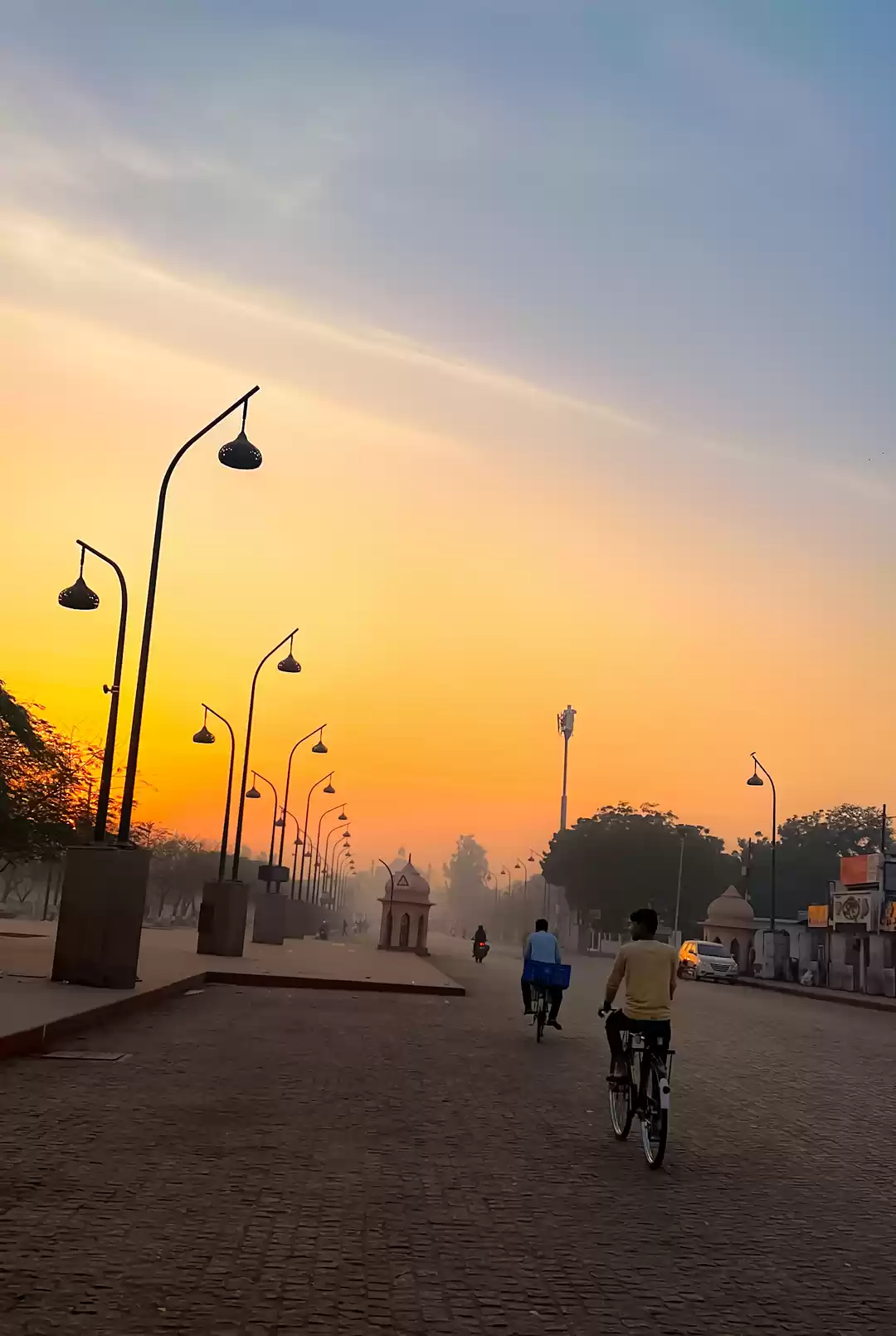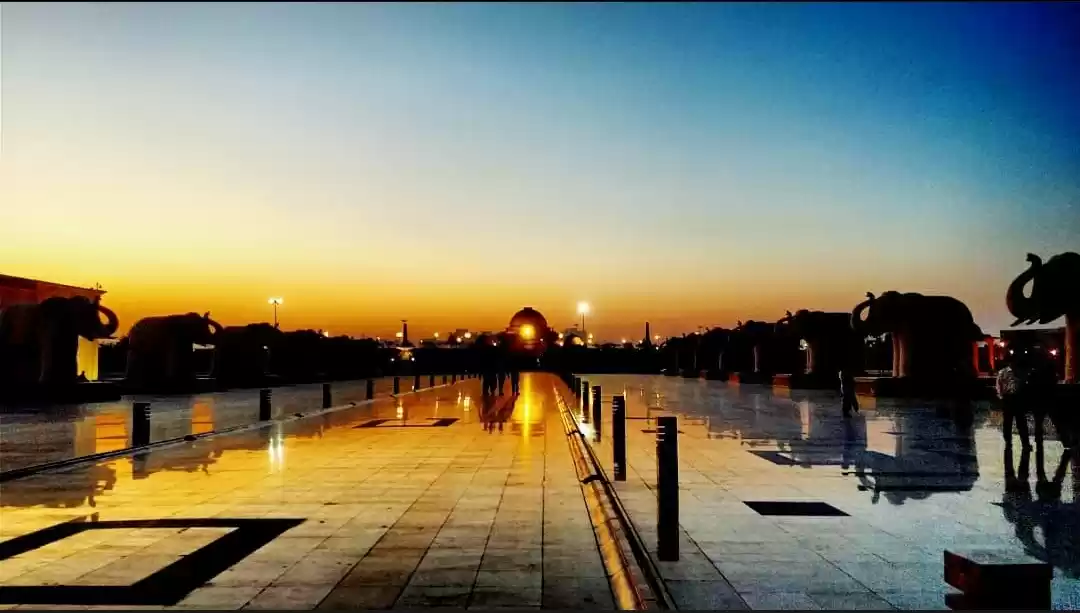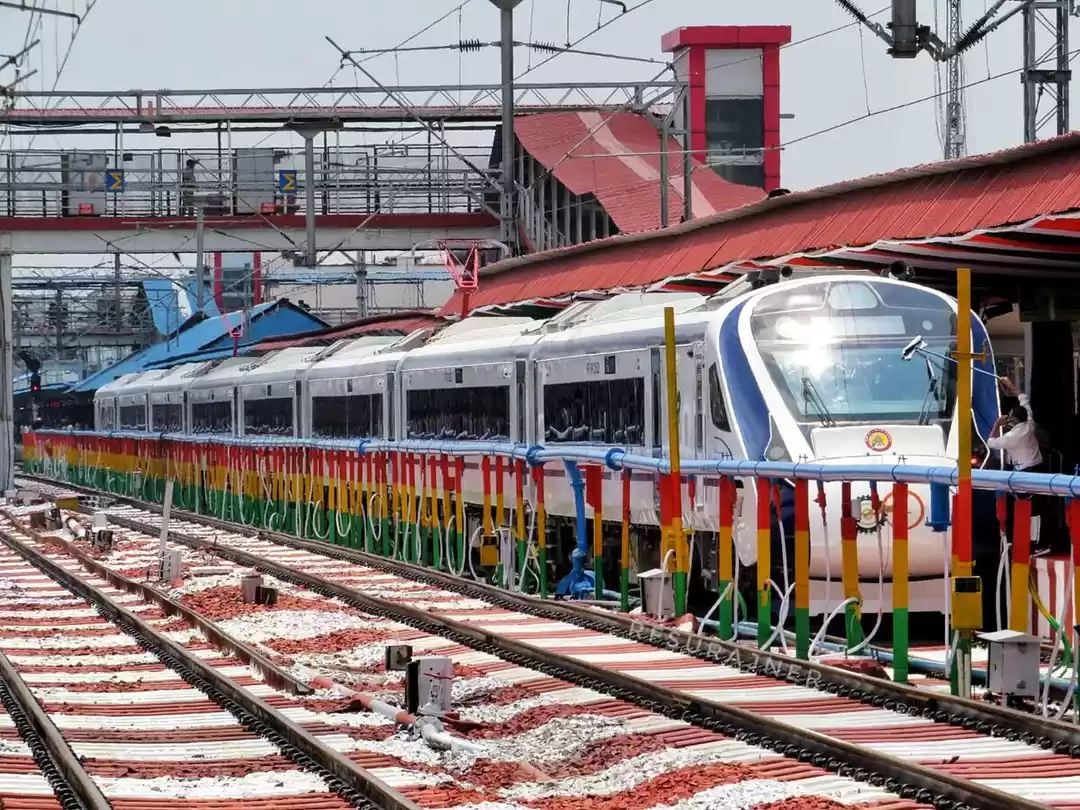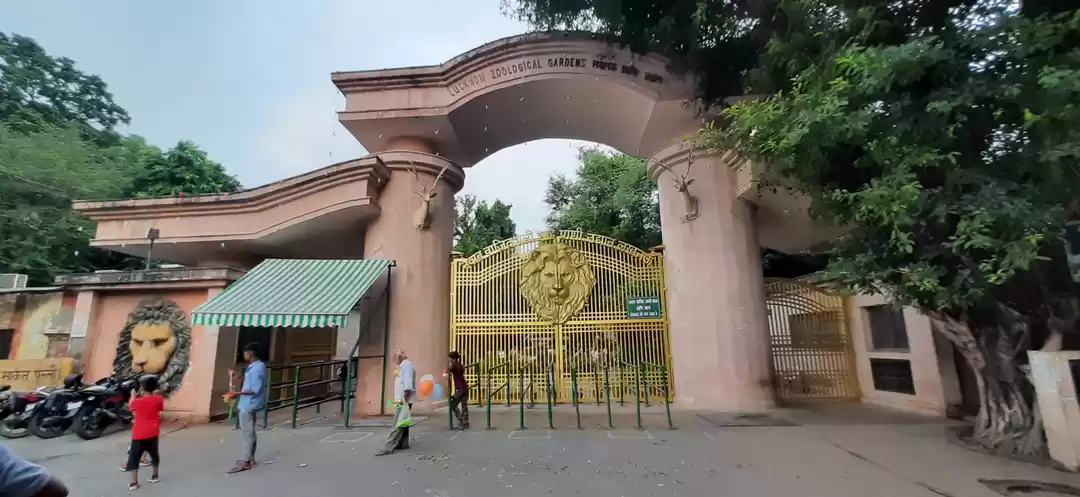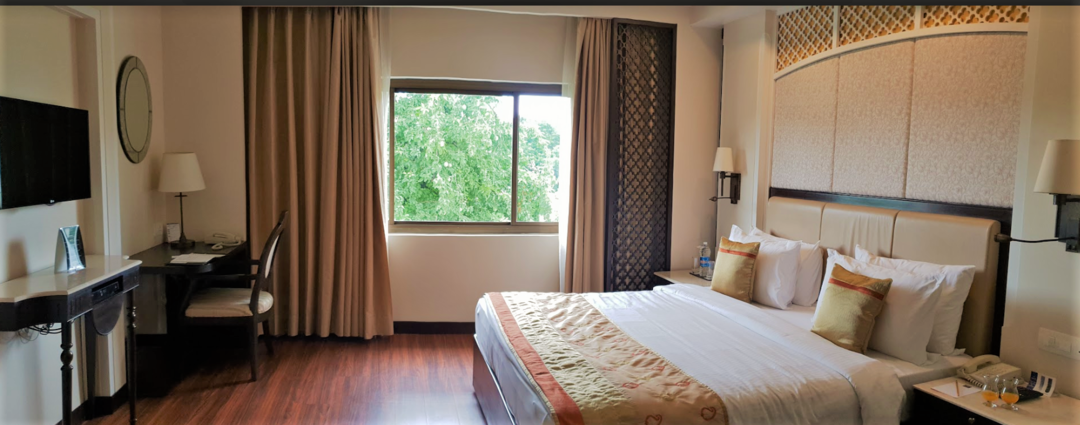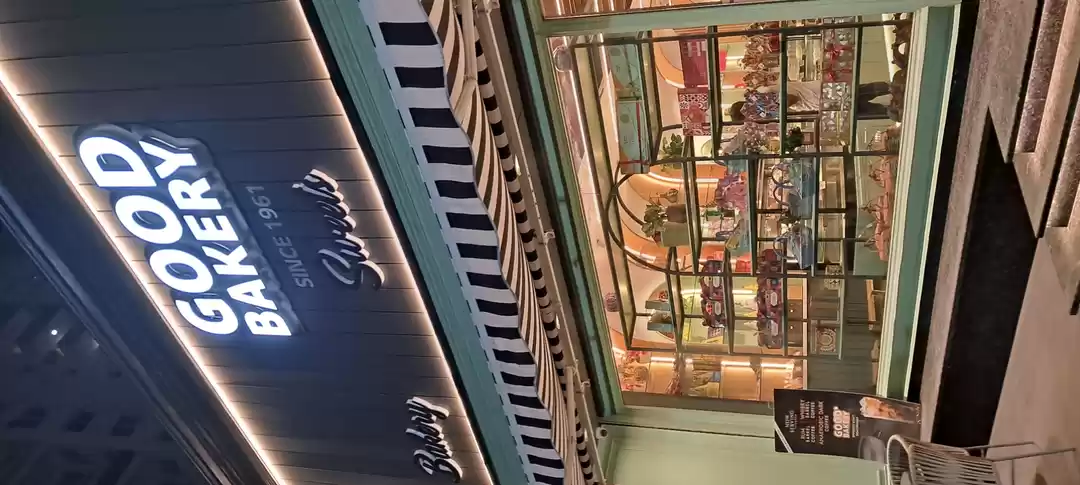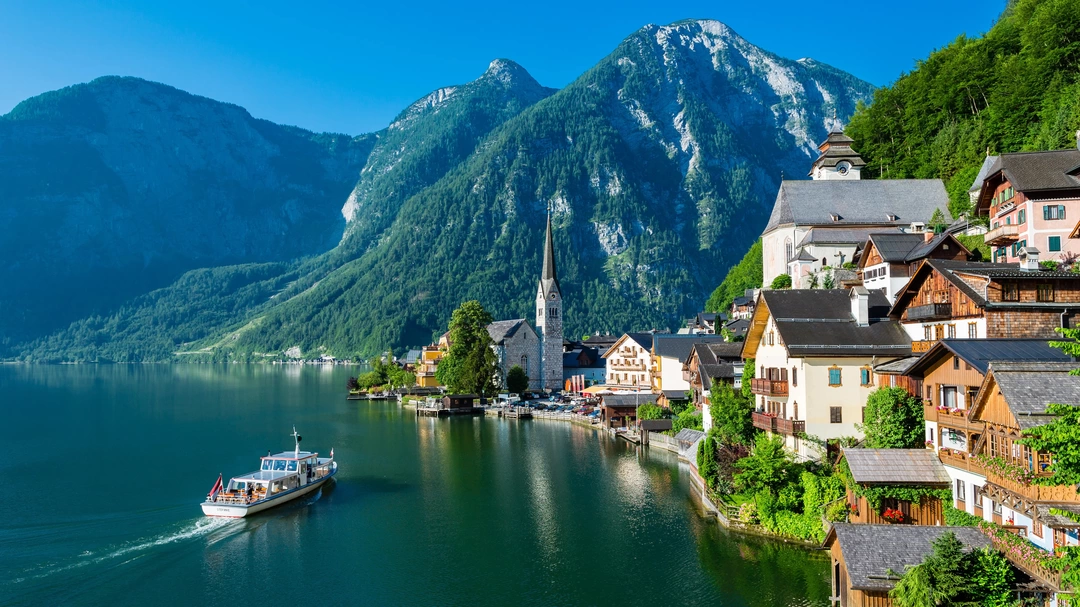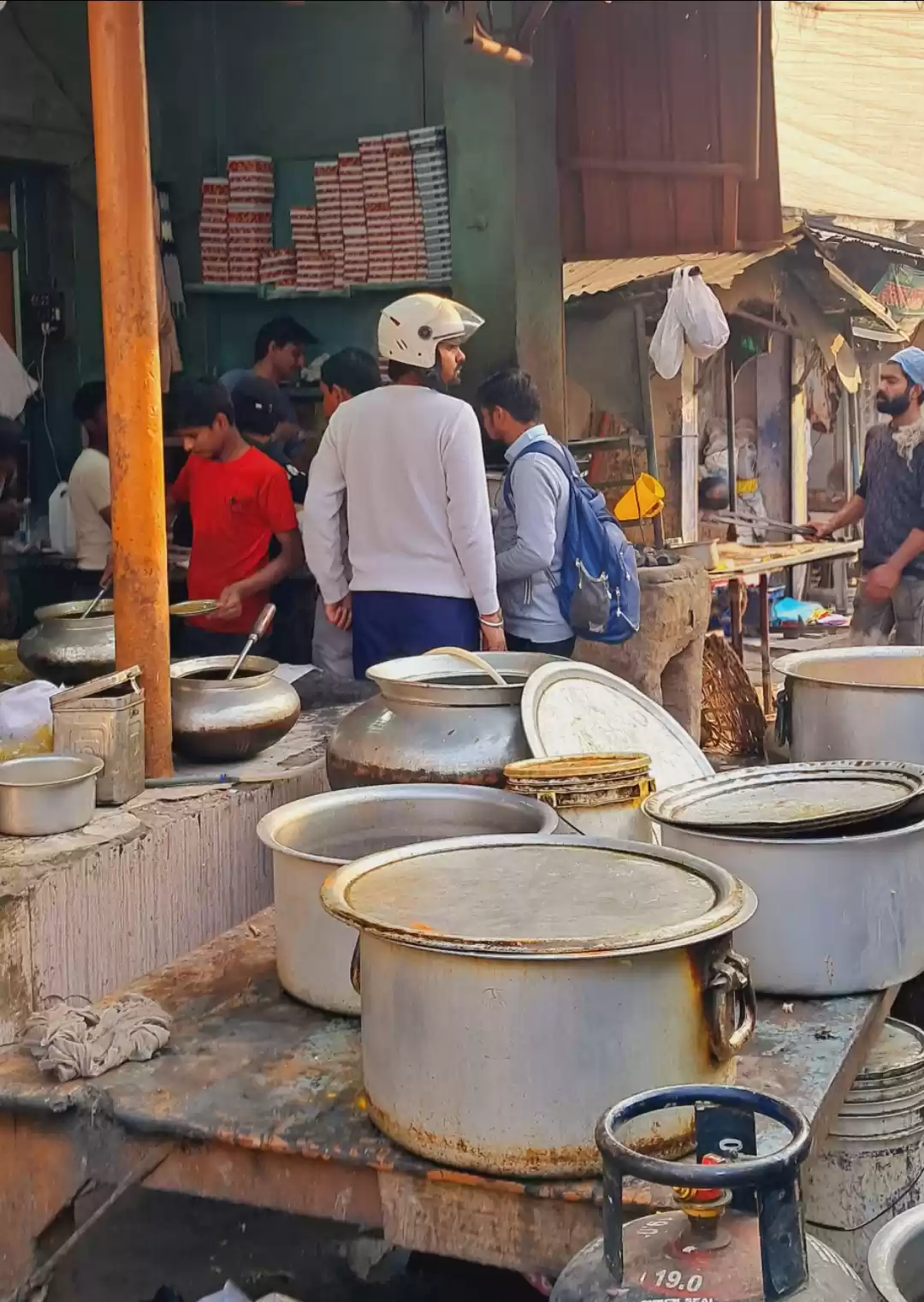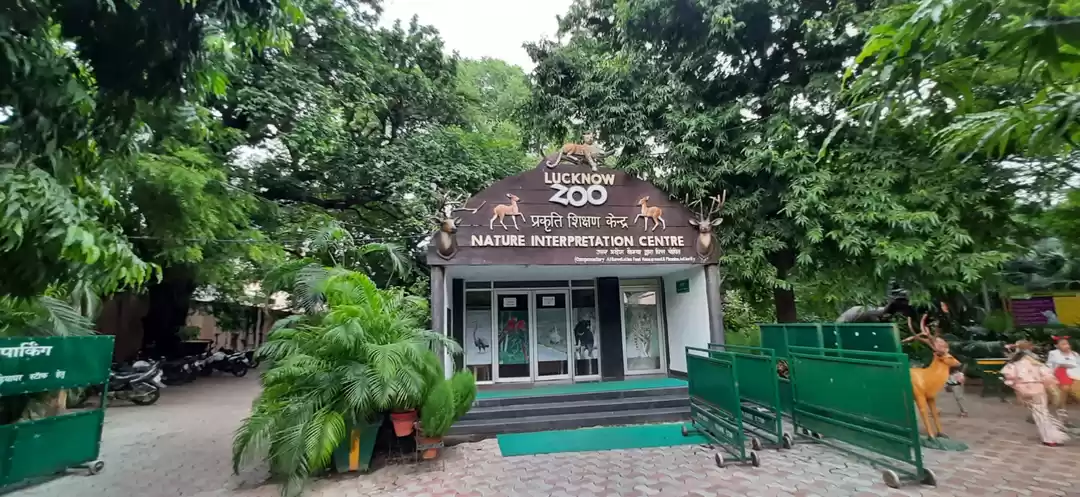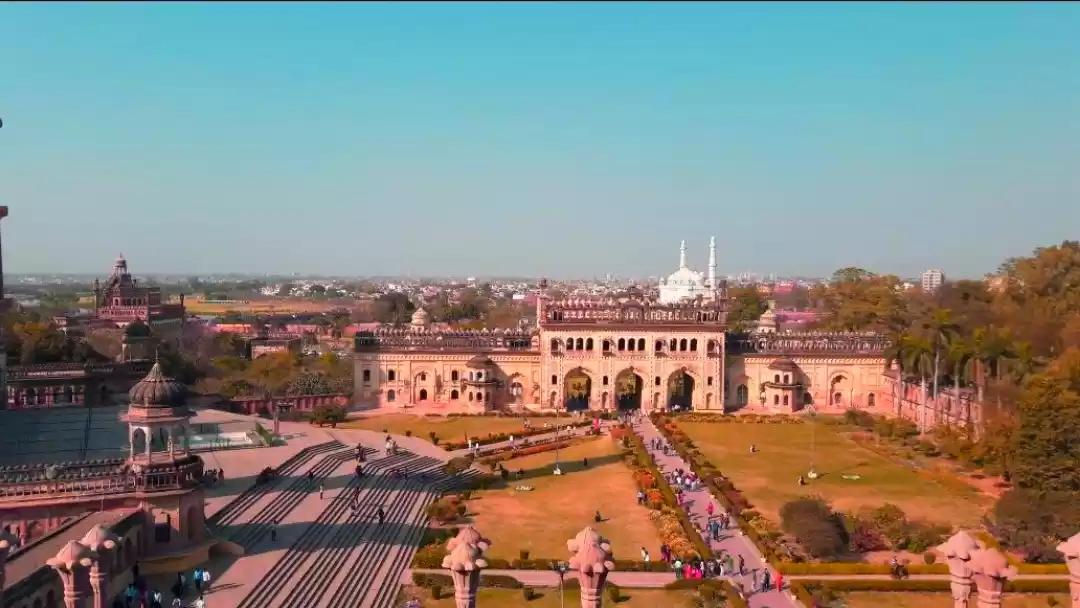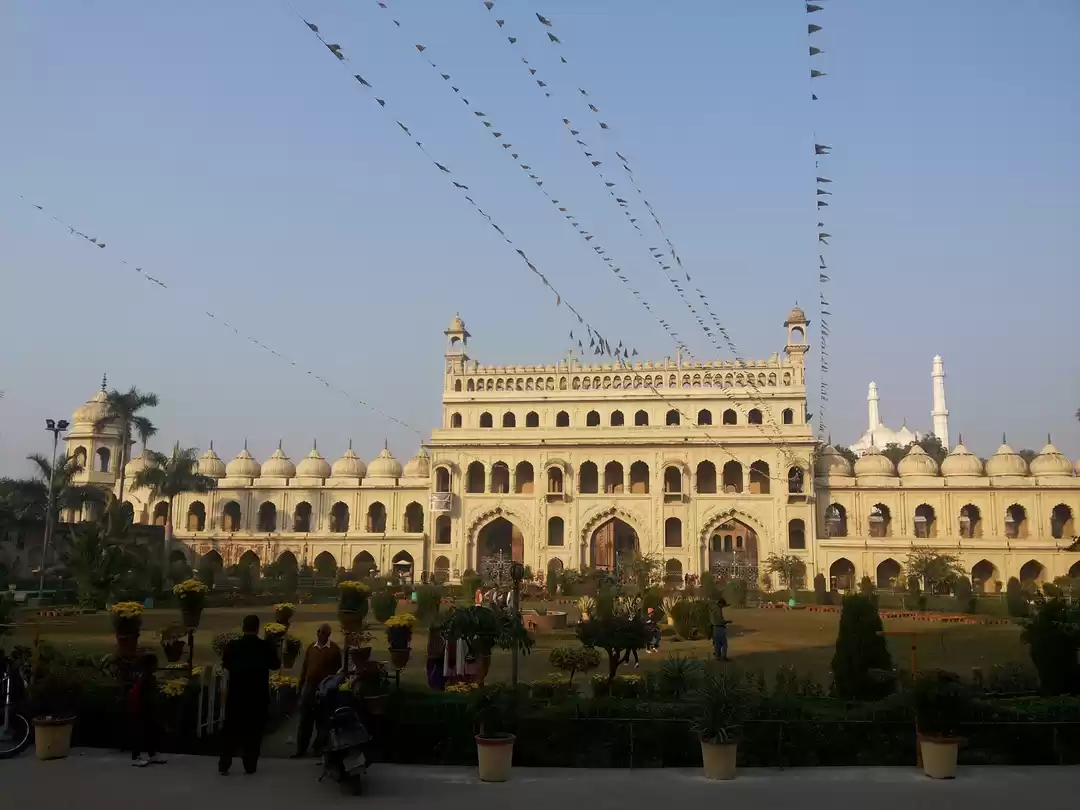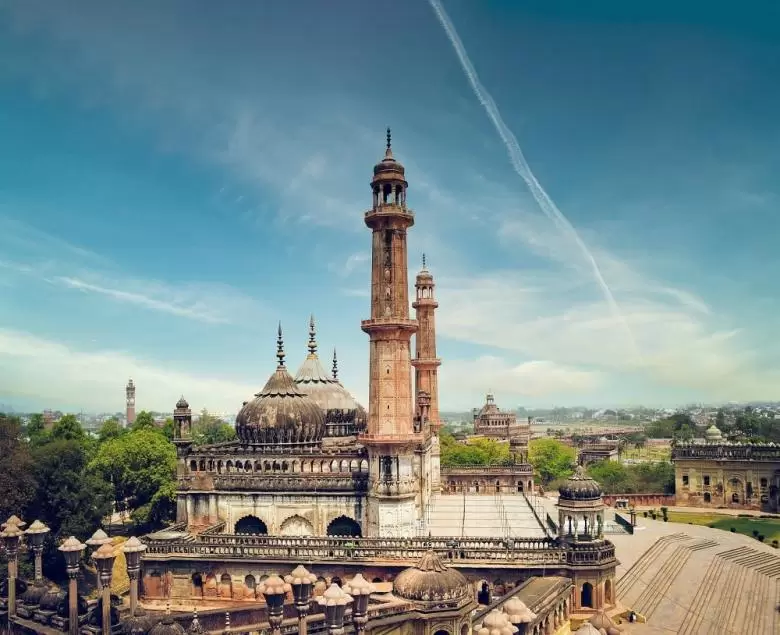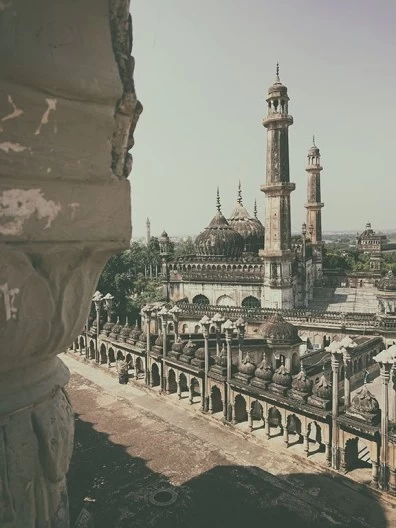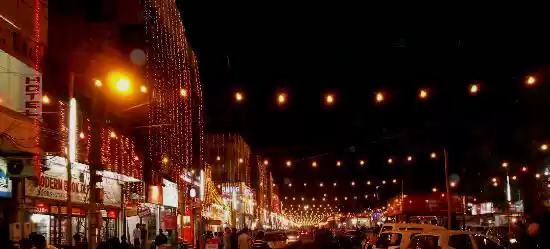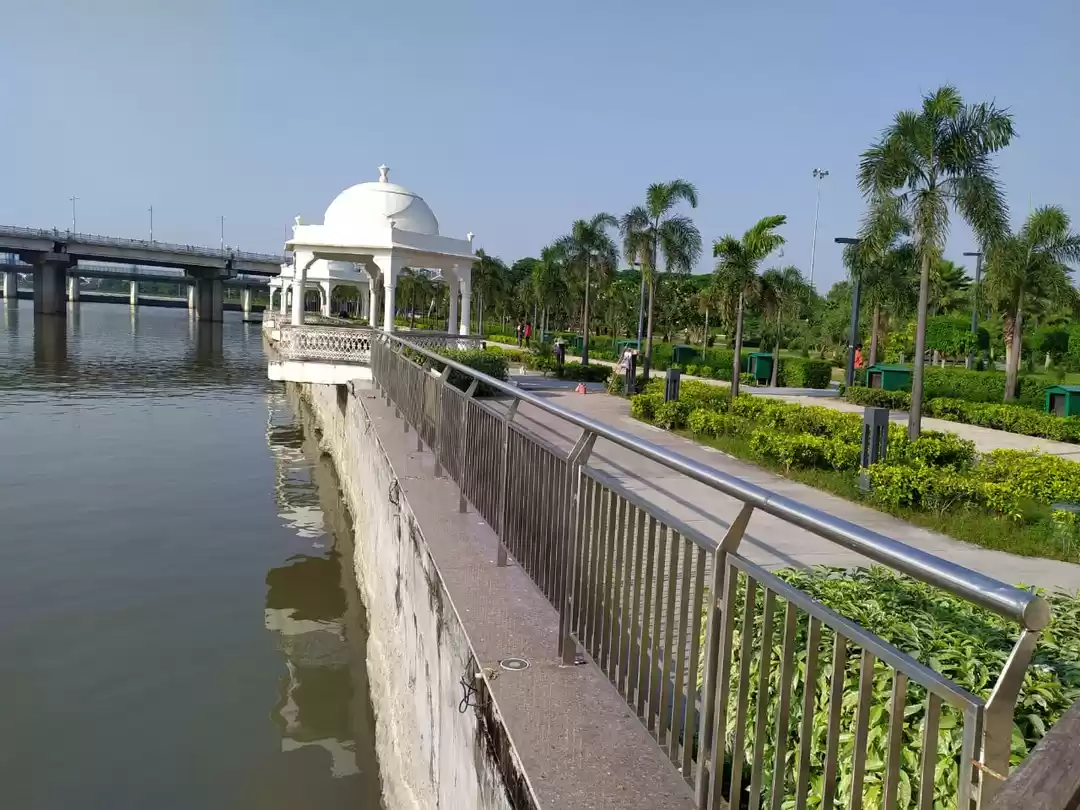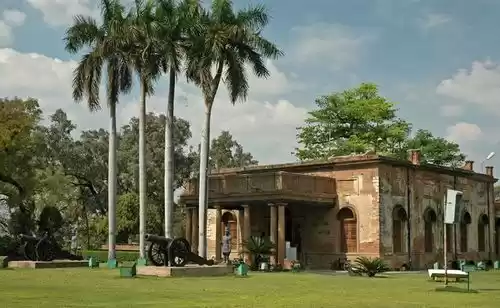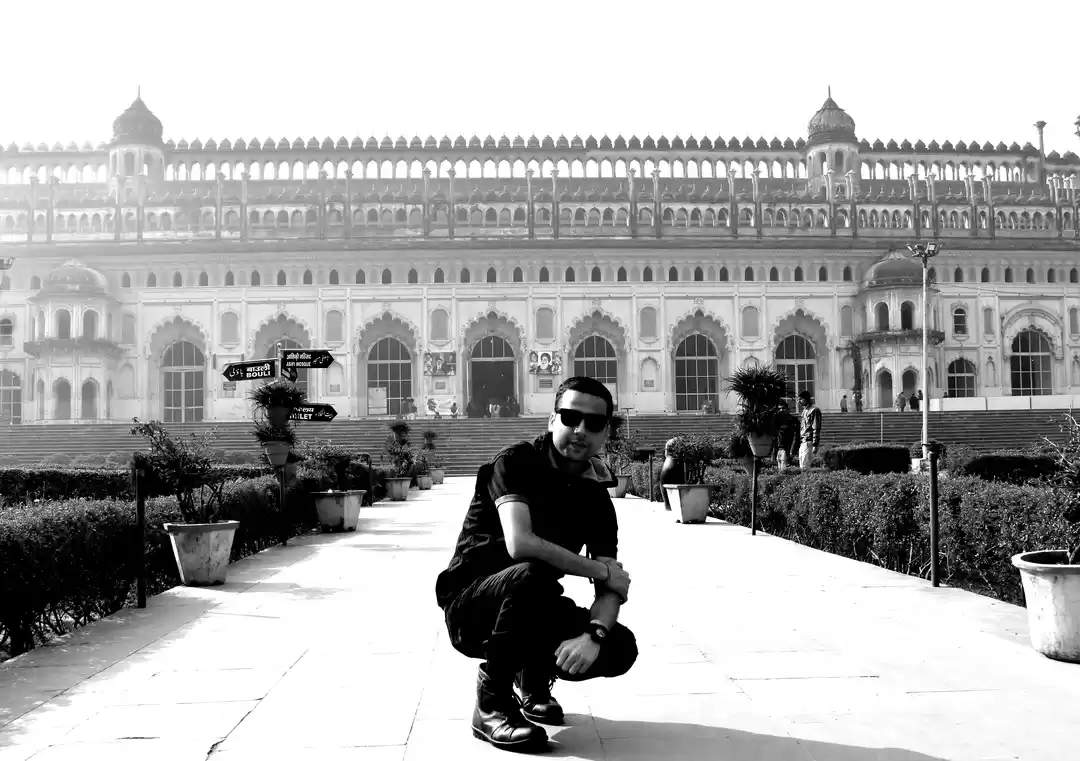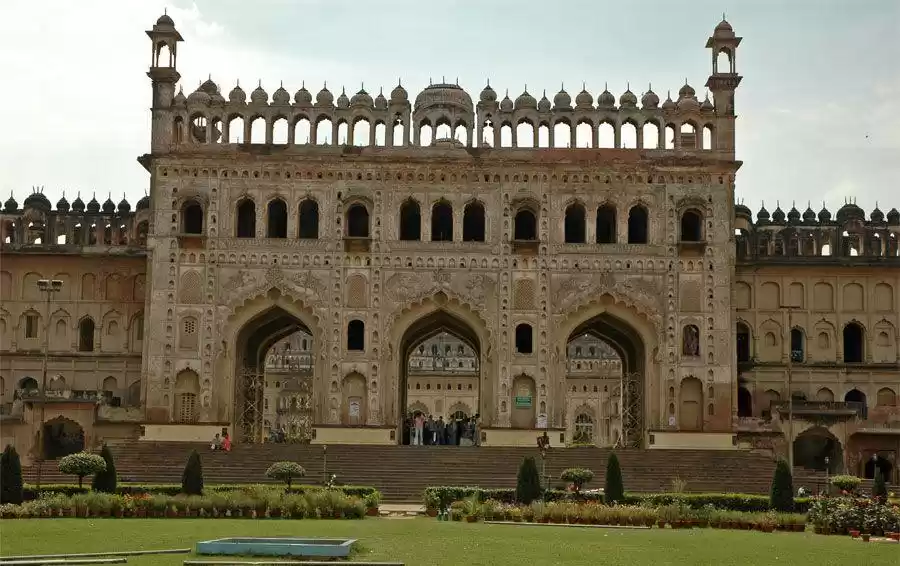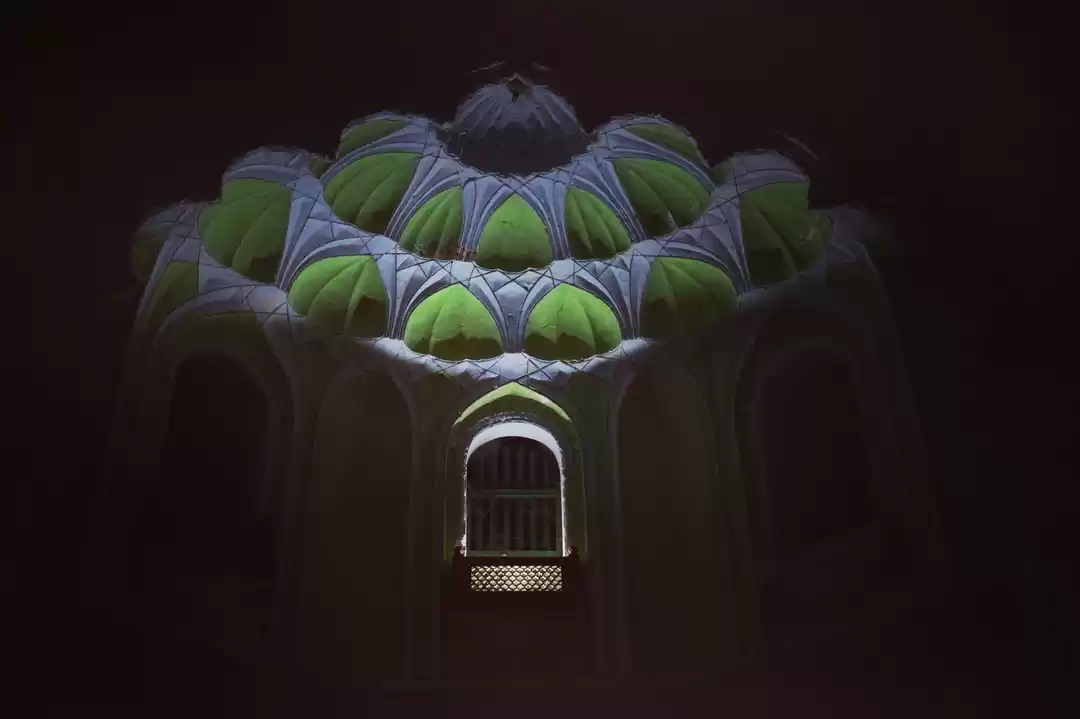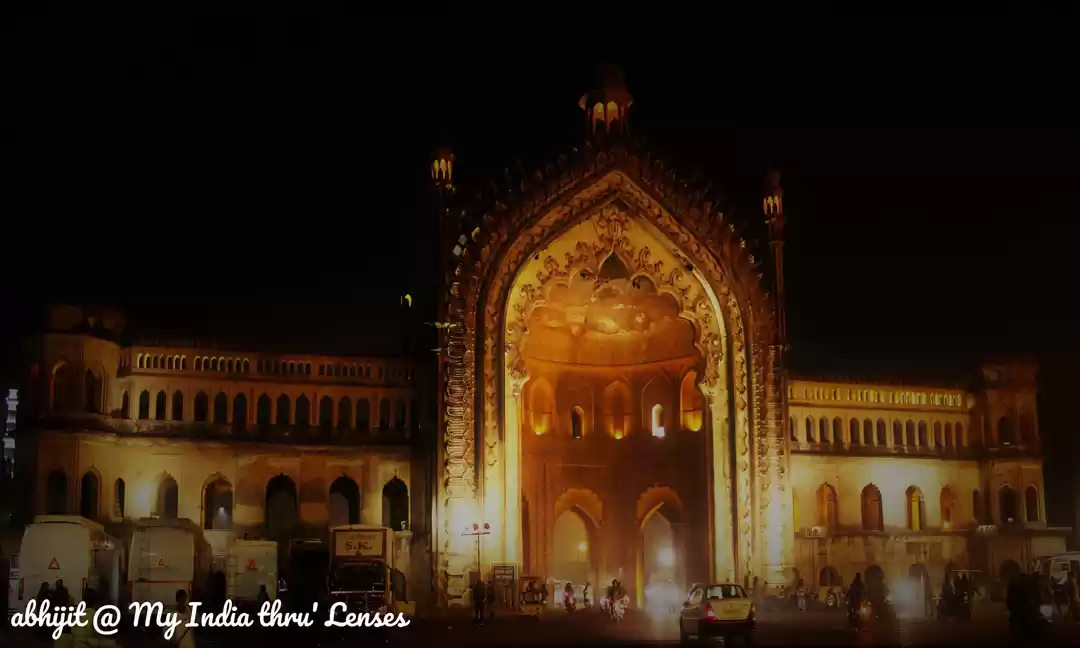
Lucknow- the capital city of Uttar Pradesh has a opulent history. From nawabs to nobles, all have left a mark here.
We have often noticed when people visit Lucknow, the two places that top their list are- Bara Imambara and Chhota Imambara which leads to missing out - The Lucknow Residency.
The idea Lucknow residency saw light in 1774 AD when Nawab Shuja-ud-Daullah agreed for a British resident stationed at Awadh. This move was a result of capital of Awadh being shifted from Faizabad to Lucknow. The original site of Residency belonged to the Sheikhzadas. It's construction was initiated by Nawab Asafuduala in 1775 AD and completed by Nawab Sadatuddaula in 1800AD.


During the first war of independence, residency met its fate. Every wall of the residency tells the story of 1857 seize. The structures suffered heavy damages due to shelling and counter shelling (if you go there, you can still see the marks on the walls). Some structures were completely razed to the ground and others were almost in ruins.
The residency is an important place to understand the uprising of 1857 and thus it came under central protection in 1920 AD.

What we like the most about the residency was that it was light years ahead of its time. The new societies that are brewing up at the outskirts of every metro city are nothing compared to the detailed planning involved in construction of residency. Spread across 33 acres with huge red bricks buildings certainly has our heart. The planning of residency is so elaborate that it would instantly result in time travel to 1800s. It had a proper and wide drainage system. High ceilings to maintain the coolness during summers and beautifully carved fireplaces to keep them warm during the winters. The residency had a library, hall, and parks for the recreation of the Britishers, facilities which many societies compromise on.

How to reach: By train: By plane: 16km from Lucknow airport 3kms from Lucknow charbagh railway station




